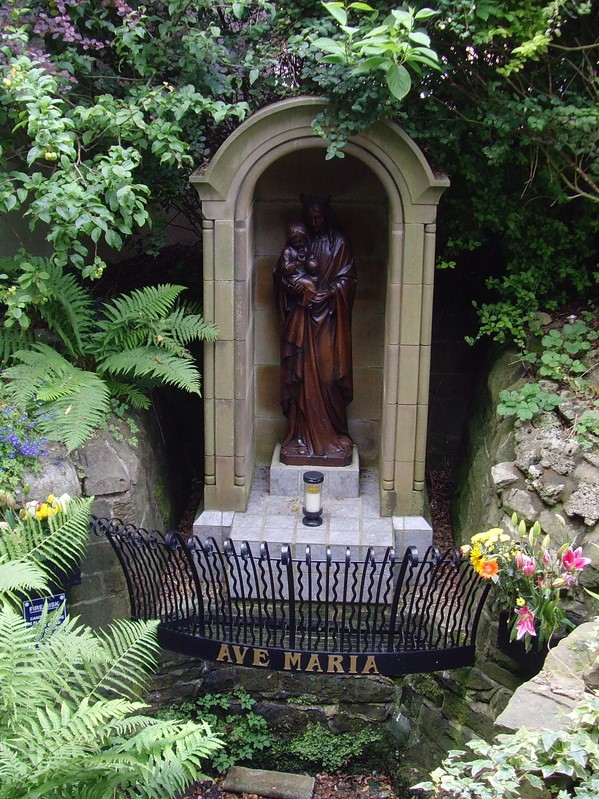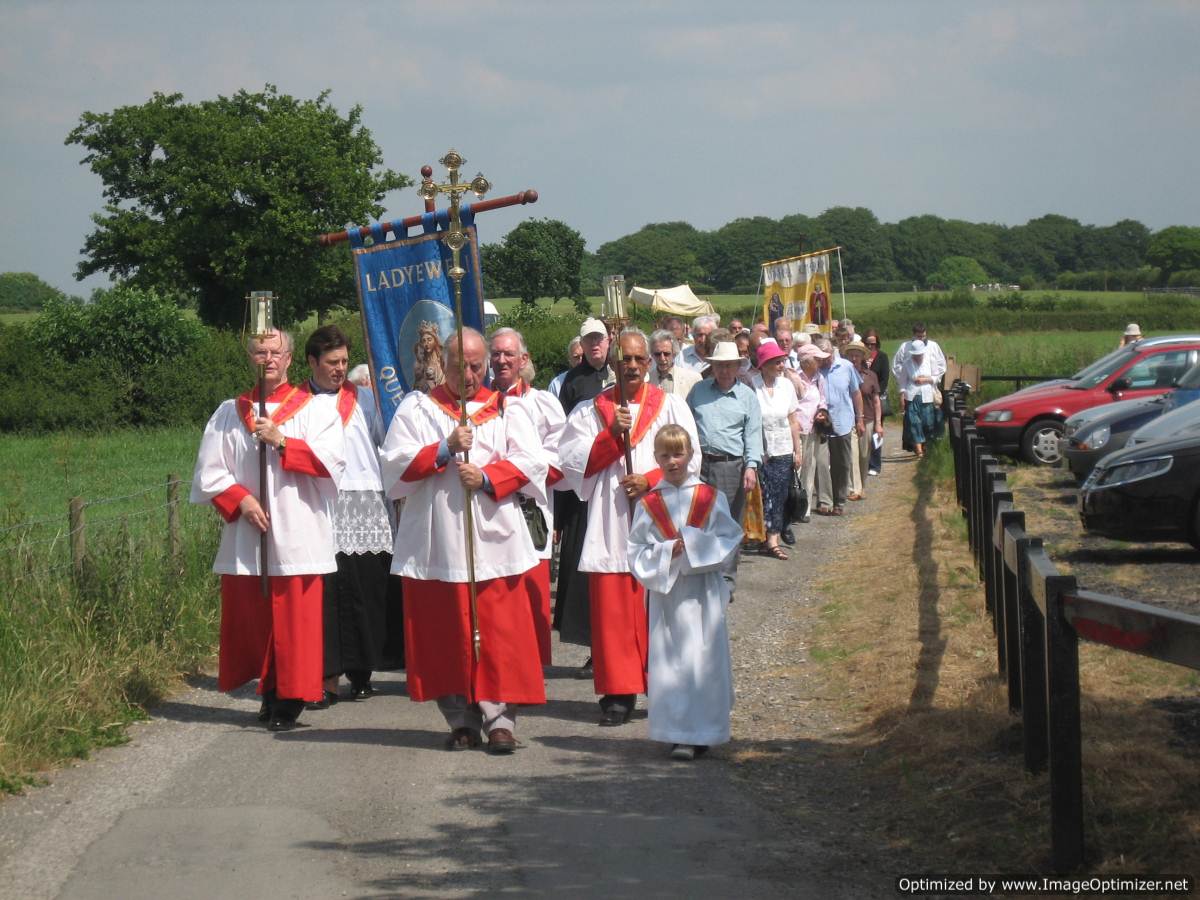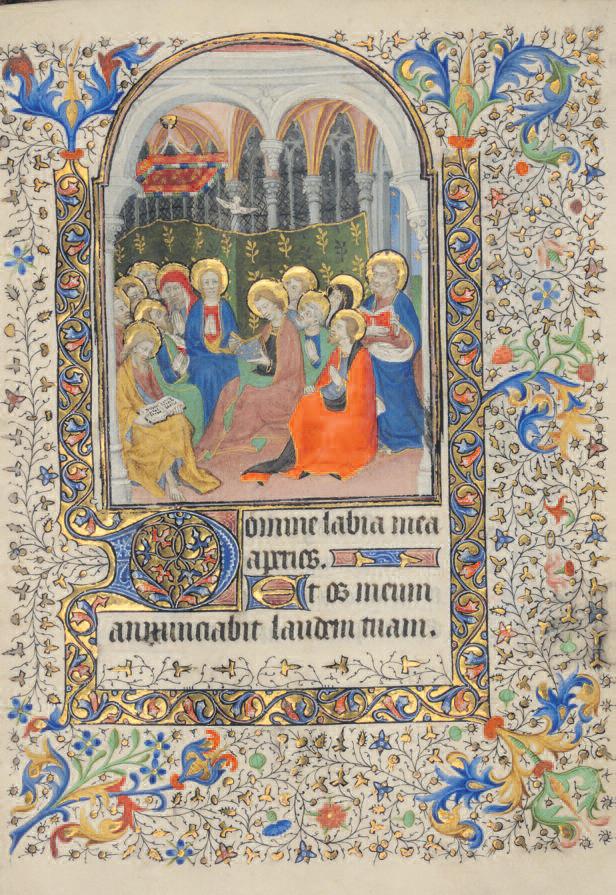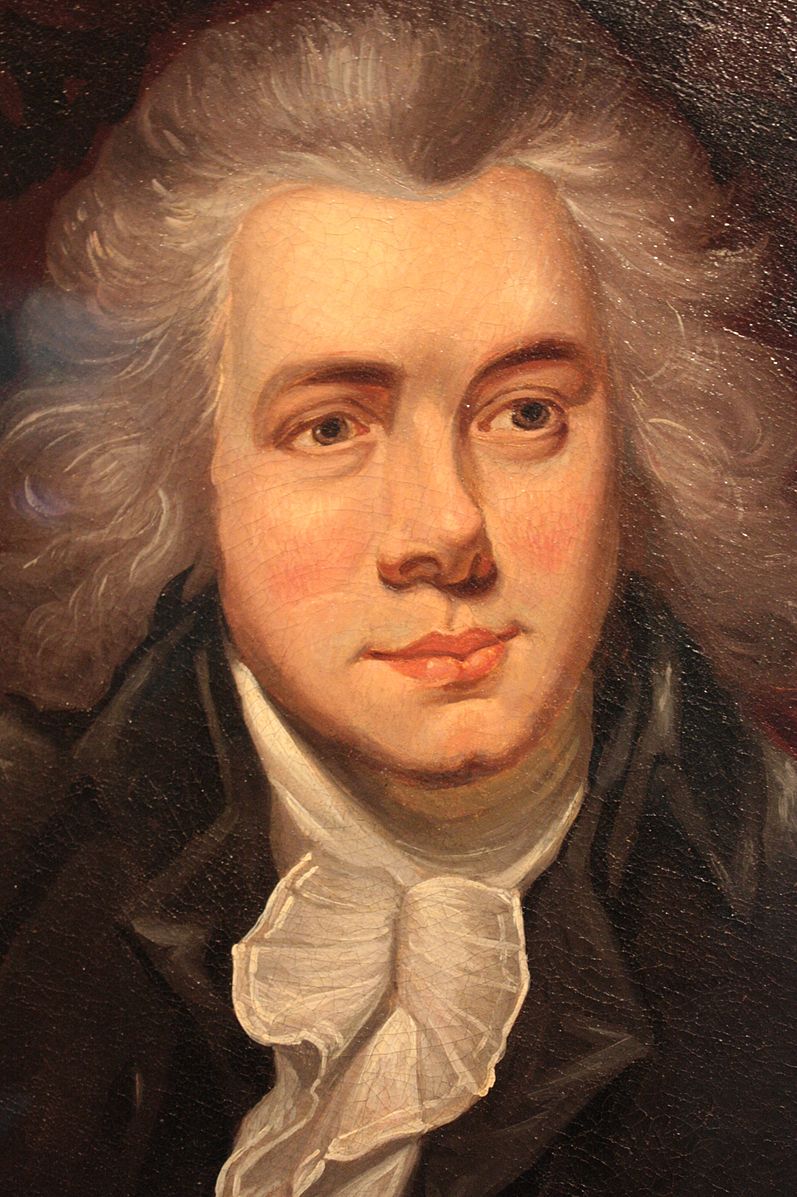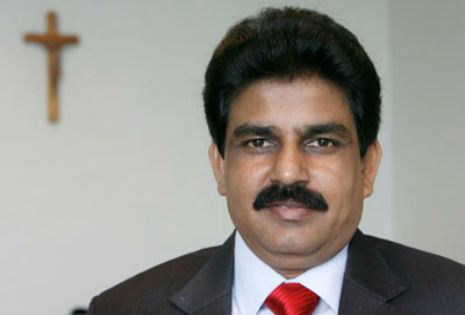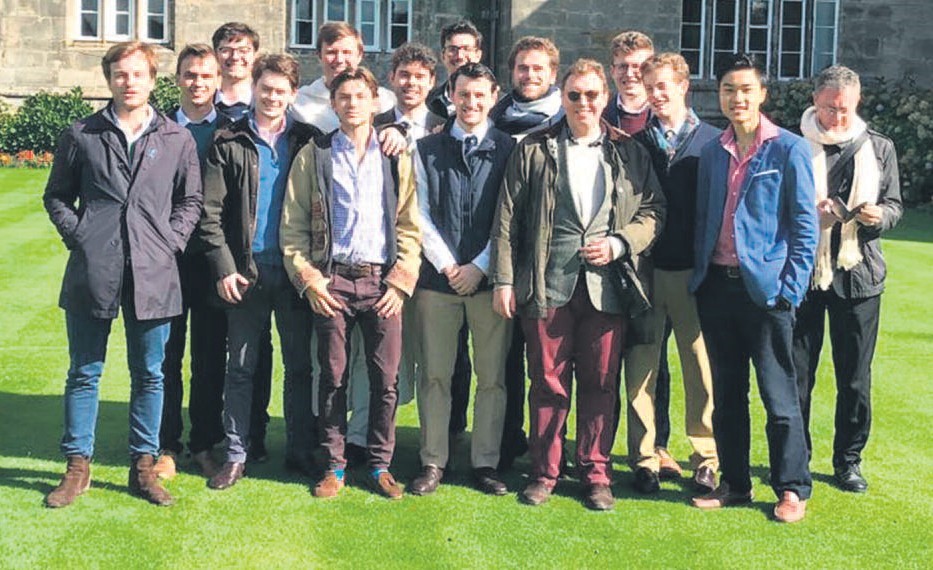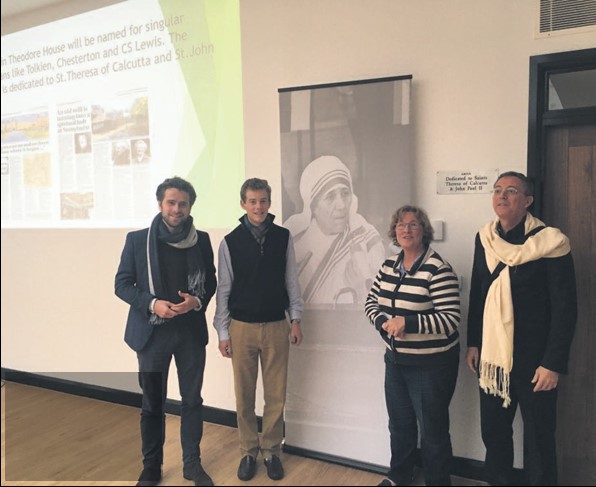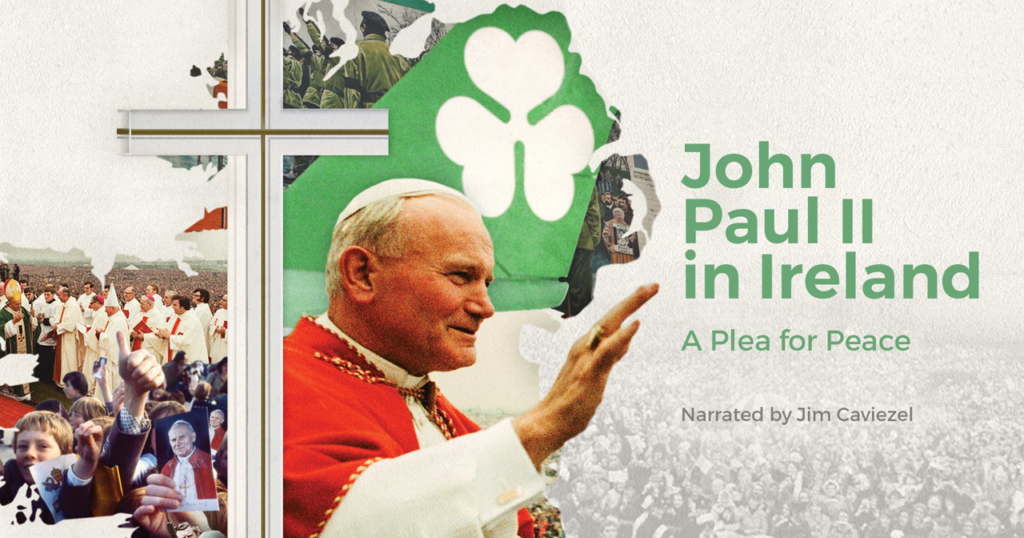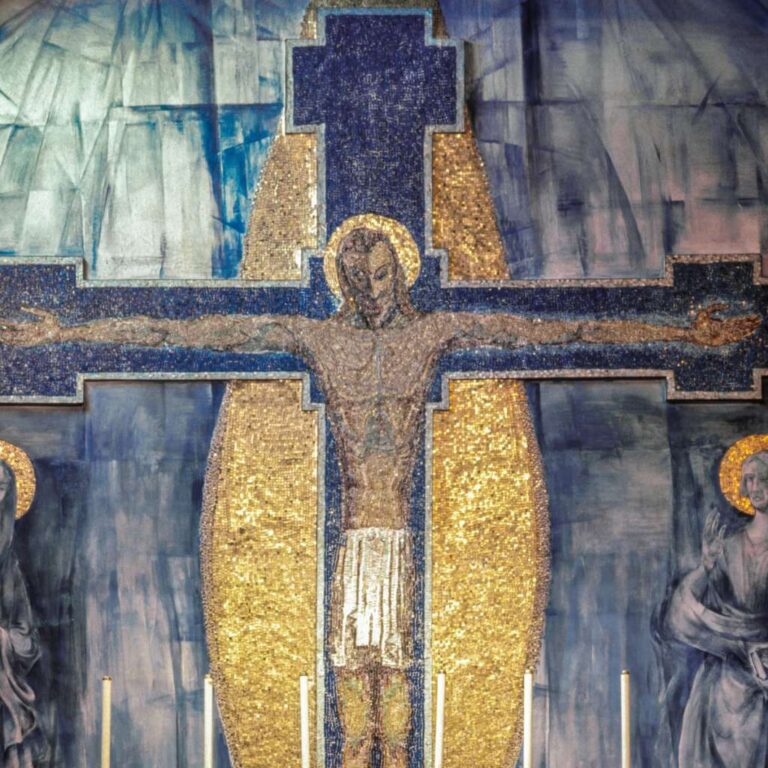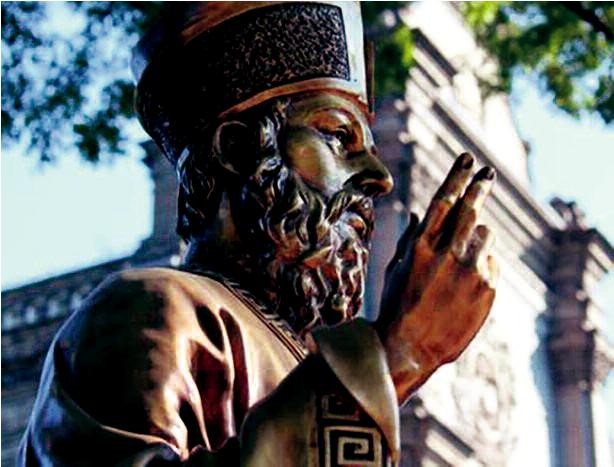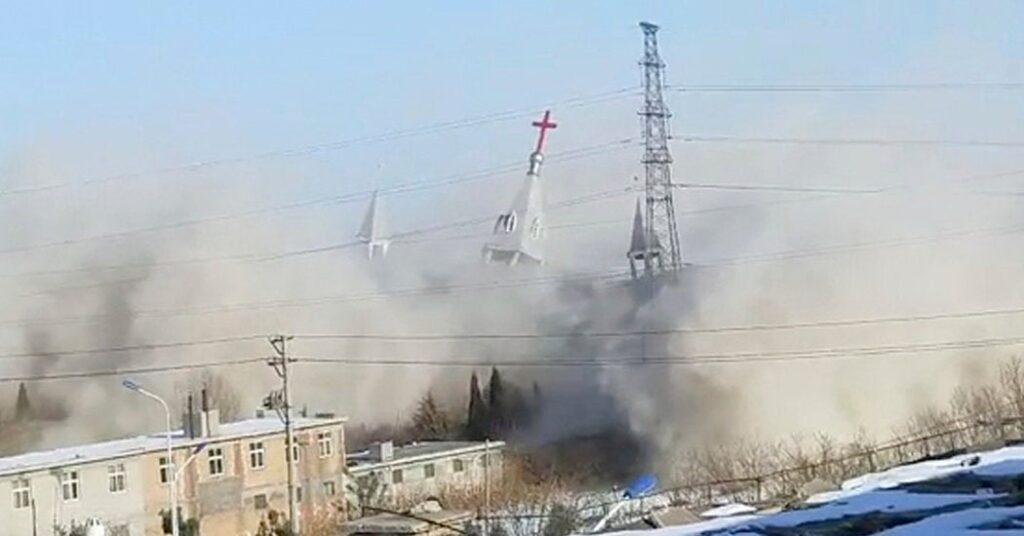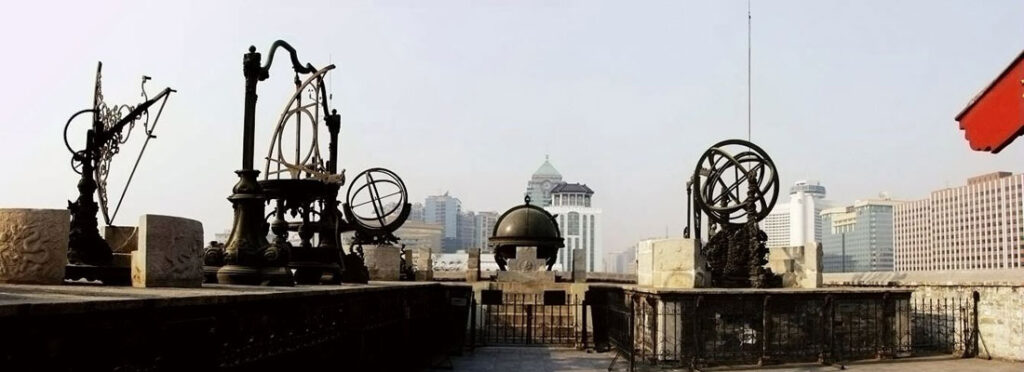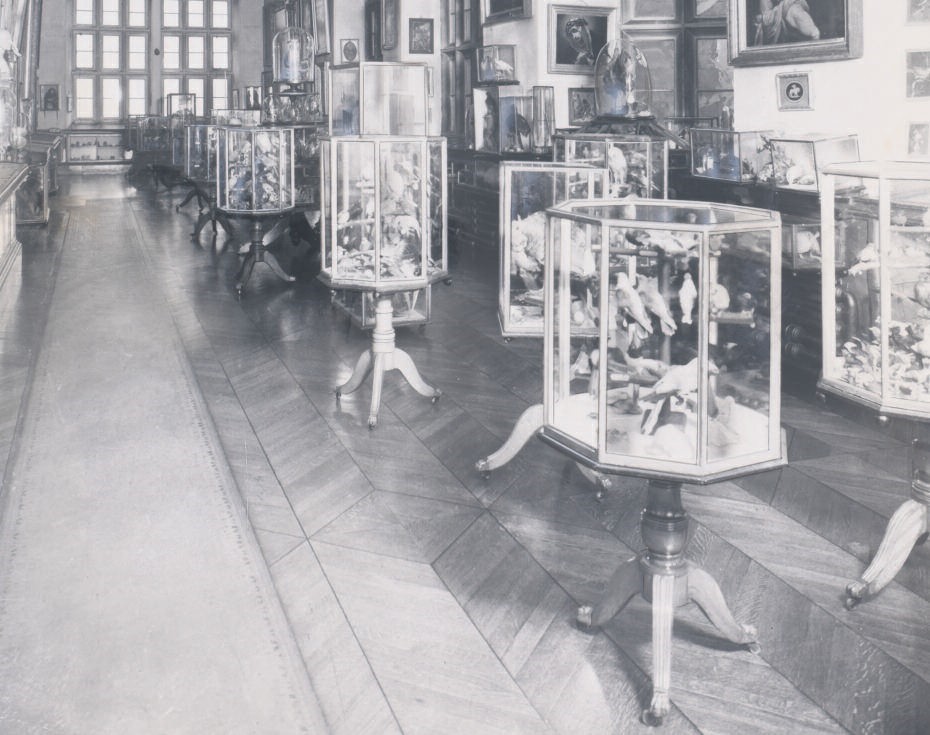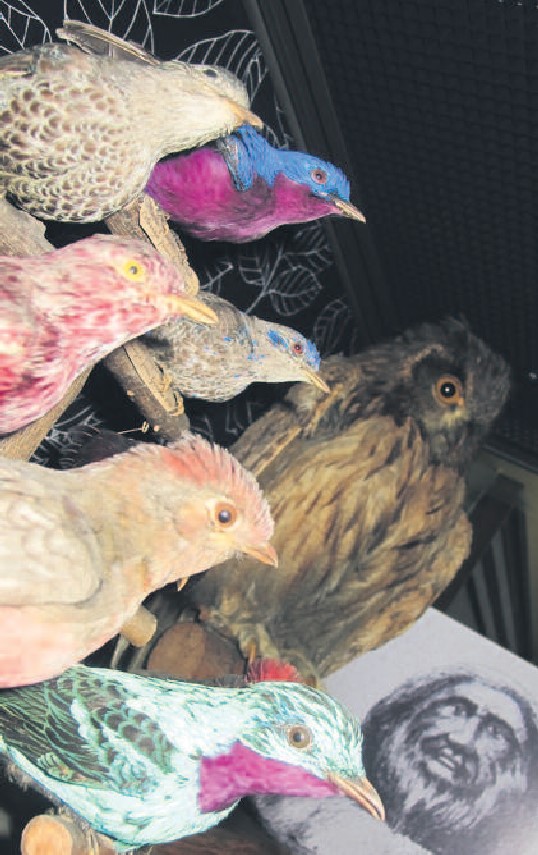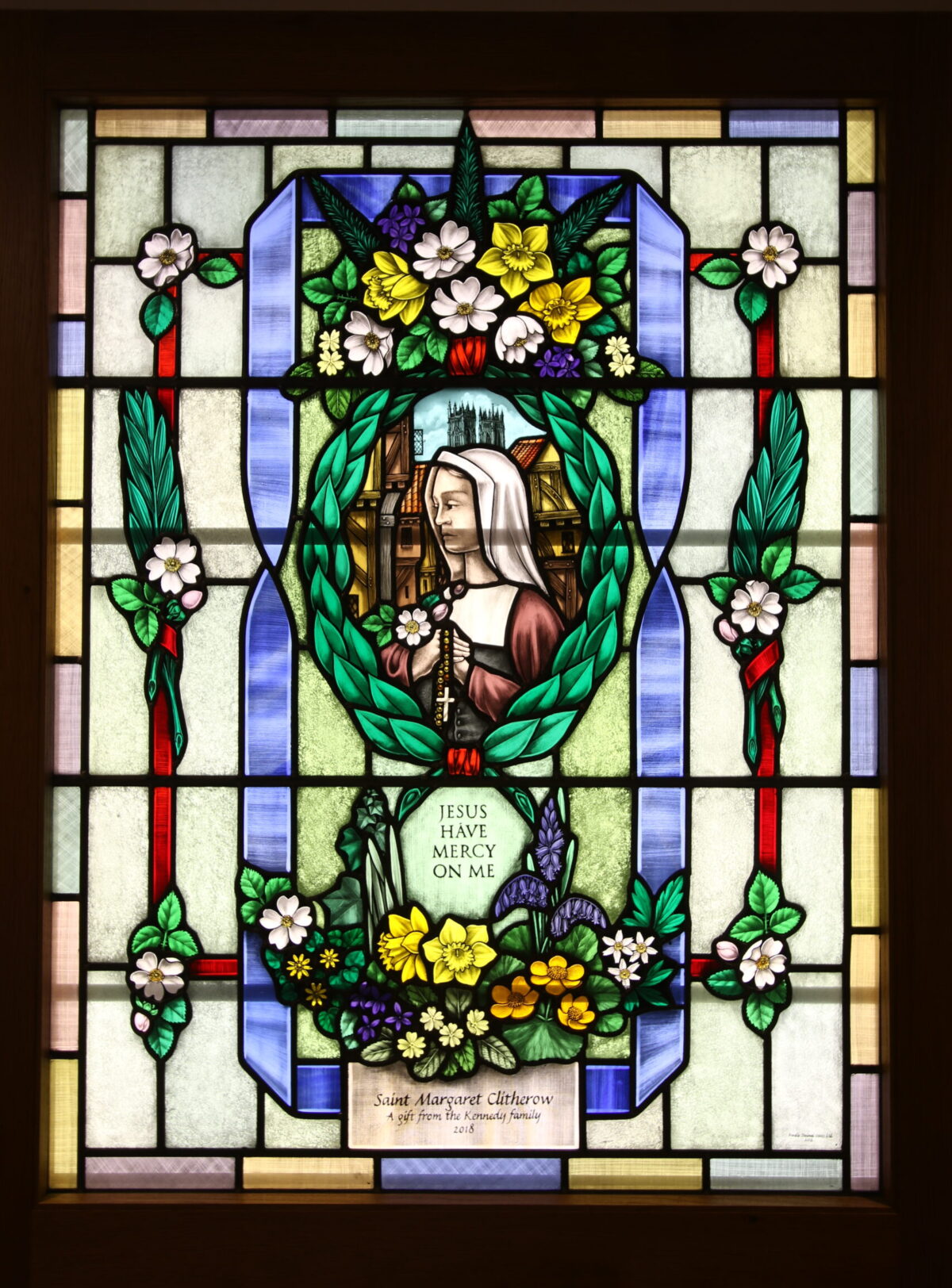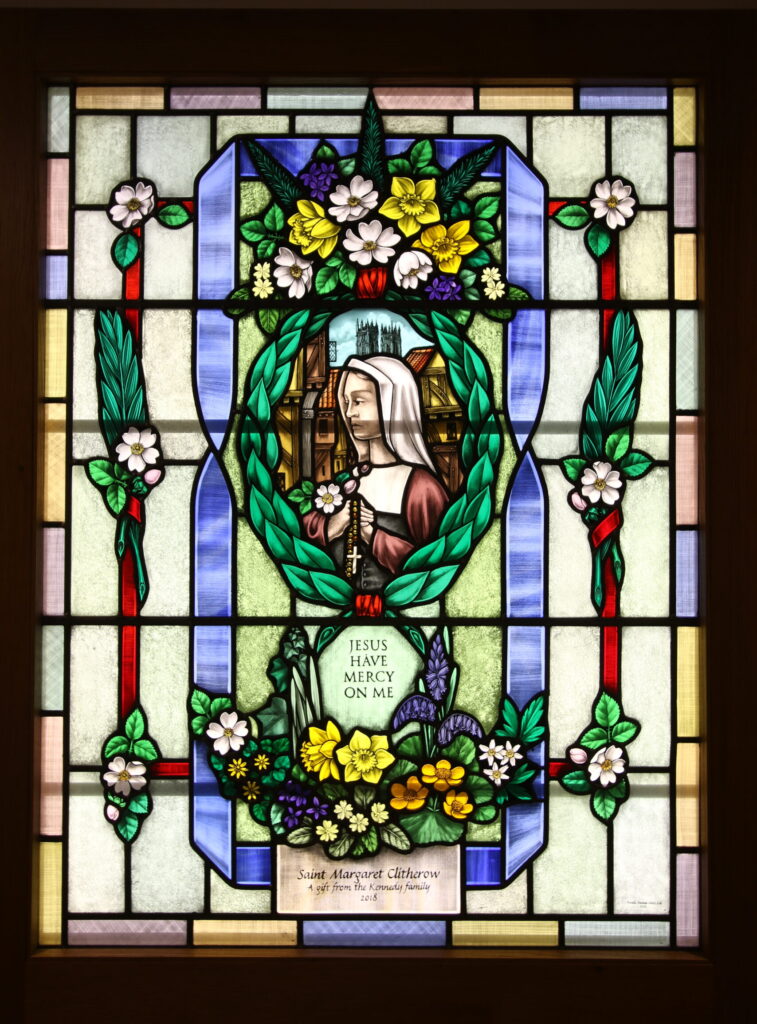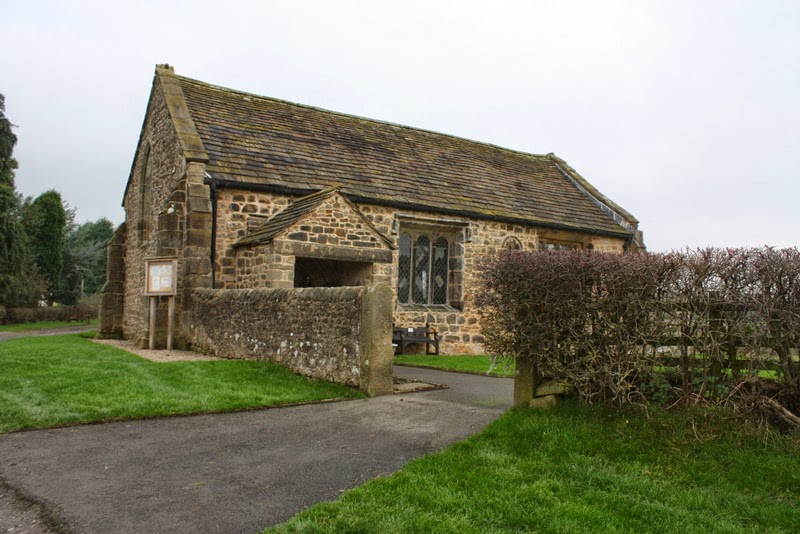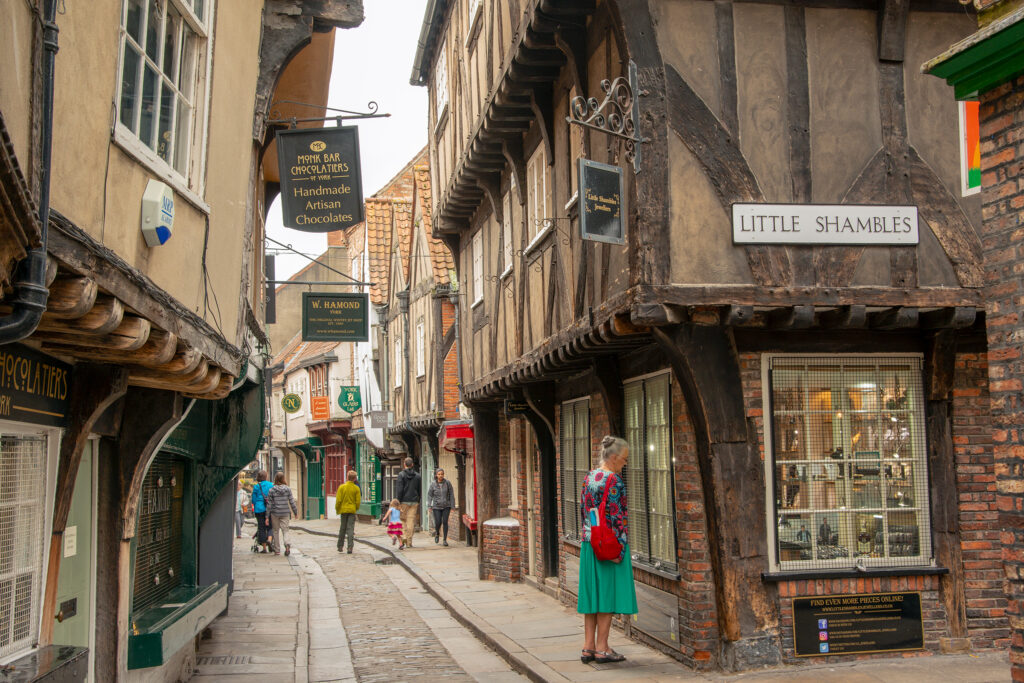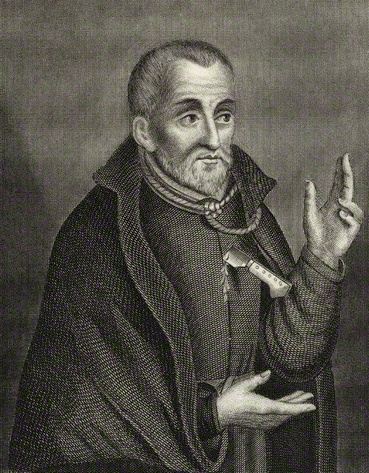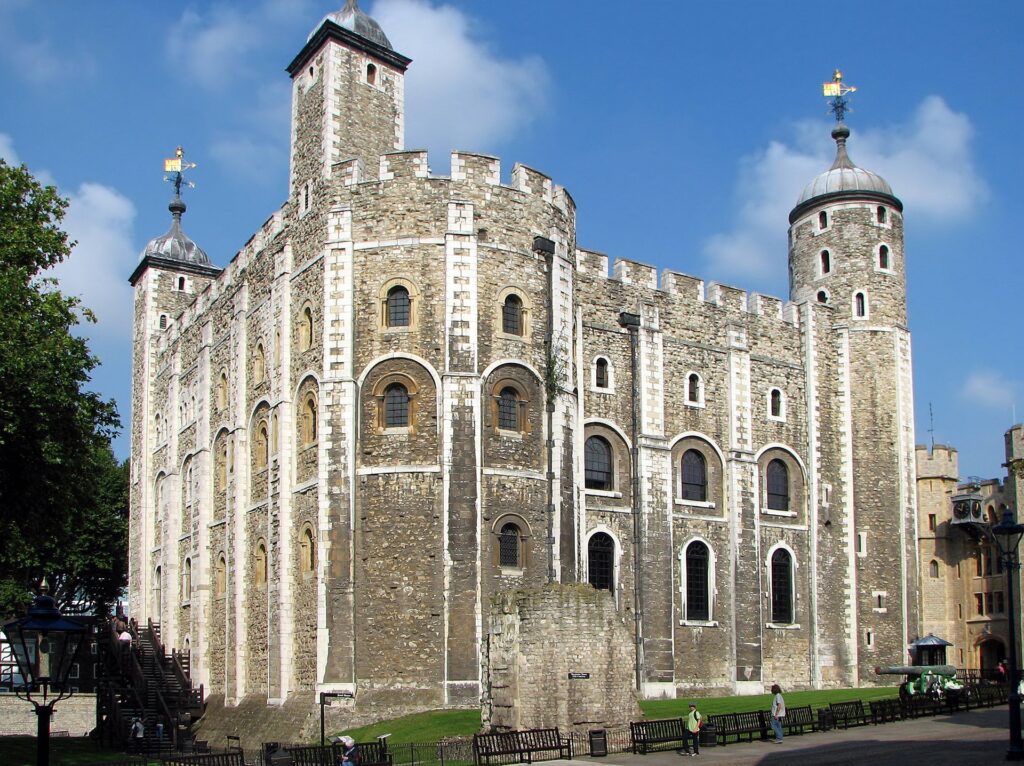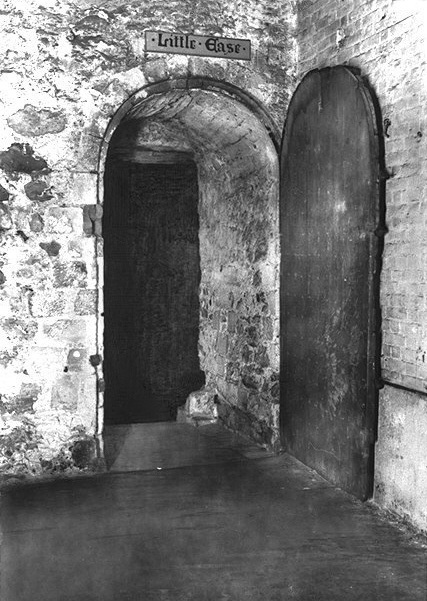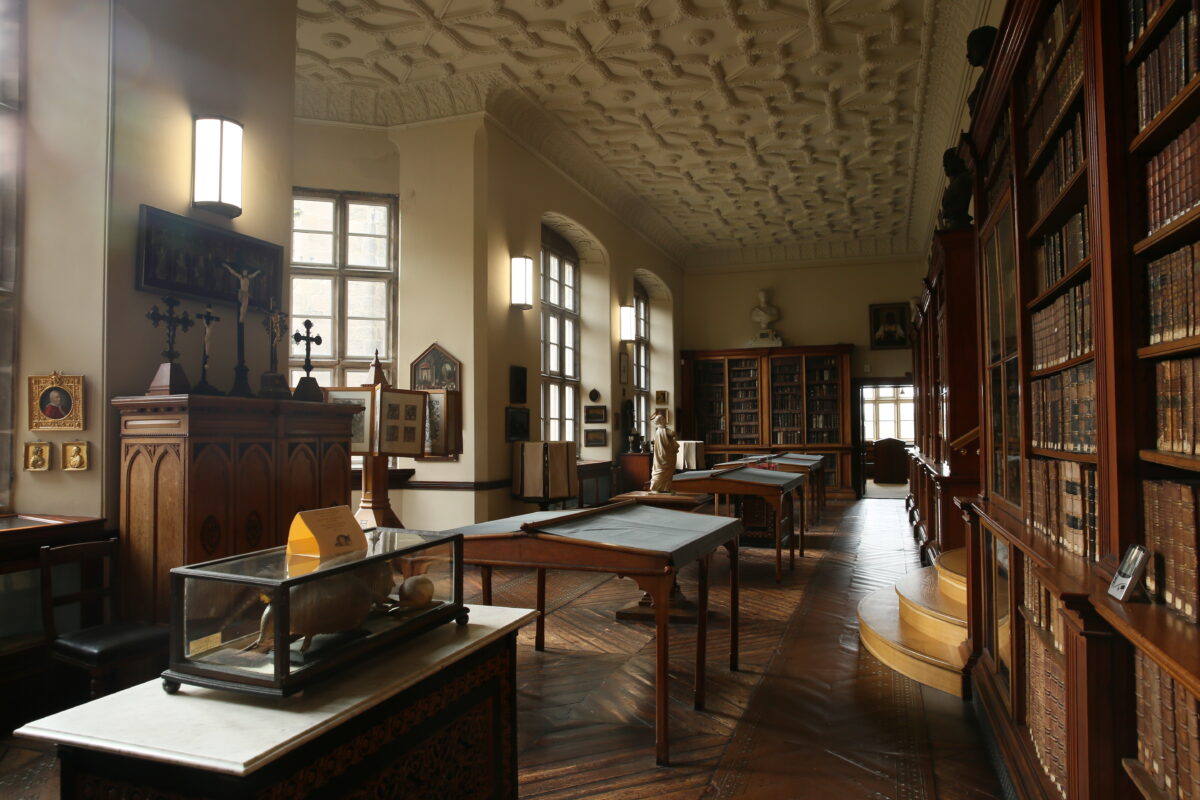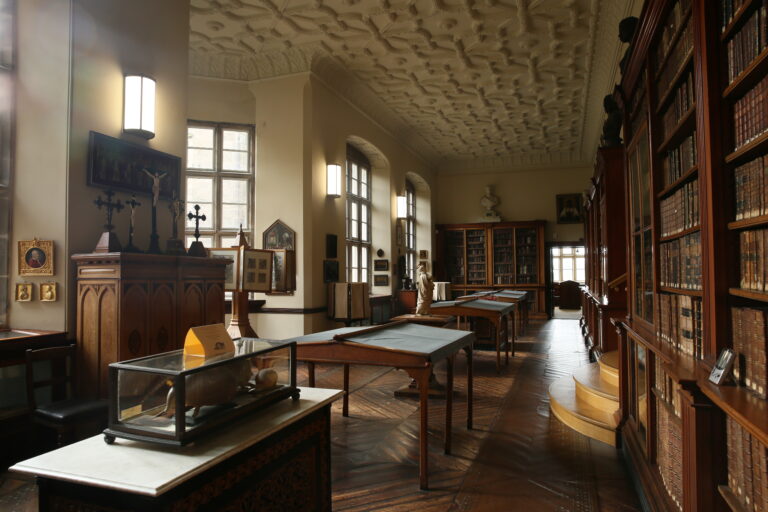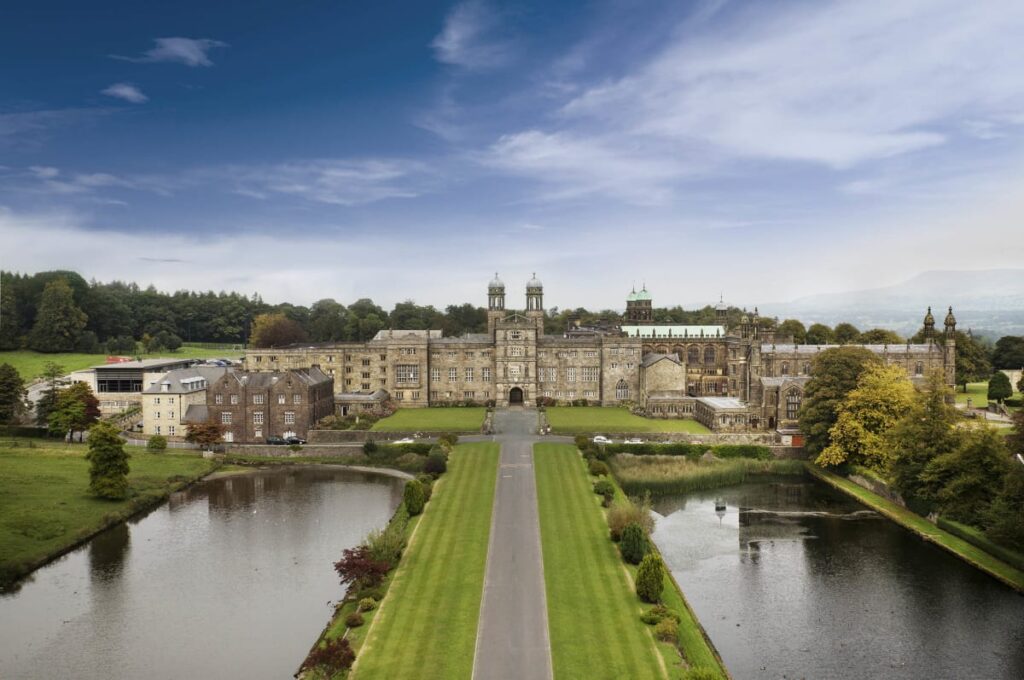Friday 1st March 2019
The CHC @ The Catholic Universe
Of all England’s martyrs, few left a poetical legacy as rich as St Robert Southwell
Graham Hutton
Among countless other precious possessions stored in its archives, Stonyhurst College is privileged to hold a rich collection of manuscripts of the prose and poetry of St Robert Southwell, the 16th century Jesuit martyr.
These, like all of his writings, are an extraordinary testimony to the fervent faith and ardent love for Christ which impelled Southwell during his formation in Douai and Rome and throughout the years of his English mission.
By delving into the courageous life of St Robert, guests staying at The Christian Heritage Centre at Stonyhurst’s Theodore House will surely be strengthened and inspired in their Christian faith.
Robert Southwell was born and brought up at Horsham St Faith in Norfolk. Although it is often difficult to discern the religious allegiances in these early days of the Elizabethan reformation, it seems that he was probably brought up in the old faith by a Catholic mother and a sympathetic, though compromising, father. At the age of 15 he was sent to the continent to complete his Catholic education at the Jesuit school, Anchin College, while living at the English College at Douai.
In 1578 he went to Rome hoping to join the Jesuit order and we see the first signs of the emotion which was to be a hallmark of his later writings when, having at first been refused entry, he lamented that he must live “in anguish and agony that find myself disjoined from that company, severed from that Society, disunited from that body wherein lieth all my life, my love, my whole heart and affection”.
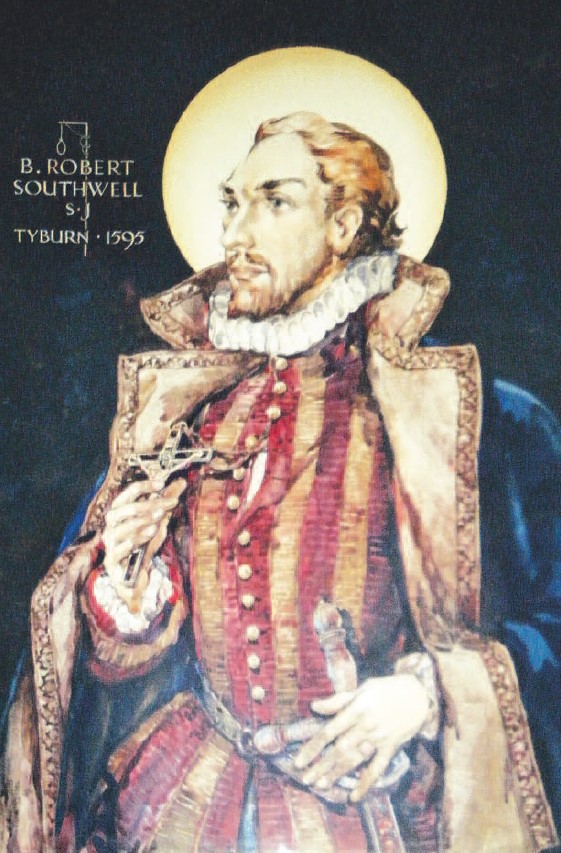
Fortunately for the cause of Catholicism in England his persistence was rewarded with admission to the order later in the year and he soon became convinced that his calling was to join the Jesuit mission to England, which gave him “the highest hope of martyrdom”.
Once back in England in 1586 he began what one of his biographers, Pierre Janelle, has called his “apostolate of letters”, writing an extensive body of fervent poetry on the main themes of the Catholic faith: love for the Sacraments and for Christ, the ugliness of sin and the need for repentance, the glory of Our Lady and the saints. Throughout his works he transforms the language and conventions of love poetry into a hymn of love for Christ. The poems, as much as his letters, were clearly intended as tools of conversion for sinners and consolation for his suffering co-religionists.
One of the delightful marks of his poetry is his unfolding of the Christian mystery through paradox. In his sequence on the Virgin Mary he describes her conception in these terms:
Our second Eve puts on her mortal shroud,
Earth breeds a heaven, for God’s new dwelling place. and again Behold the father, is his daughter’s son:
The bird that built the nest, is hatched therein:
The old of years, an hour hath not run
Eternal life to live doth now begin.
Repeatedly he emphasises the Christian mystery of strength in weakness, nowhere better seen than in the helpless babe of Bethlehem.
This little babe so few days old, Is come to rifle Satan’s fold;
All hell doth at his presence quake,
Though he himself for cold do shake.
The poetry is suffused with a passionate love for Christ whose own love for mankind is manifested as a cleansing fire.
In the extraordinary poem The burning babe the child of Bethlehem and the crucified Lord are shown as one and the same. The appearance of the babe to the poet in the cold winter’s night ‘made my heart to glow’ and when the child sheds tears of suffering caused by the excessive heat of the flames in which He burns we are told that ‘Love is the fire’ which will work for the good of ‘men’s defiled souls’. It is the same divine love which causes the Baptist to leap in his mother’s womb after Mary’s breast has ‘Shot out such piercing beams of burning love’ and which brings St Peter to repentance in Saint Peter’s Complaint when Our Lord fixes him with his glance:
These blazing comets, lightning flames of love,
Made me their warming influence to know:
My frozen heart their sacred force did prove,
Which at their looks did yield like melting snow.
The sense of the dreadful consequences of man’s sin and the call to repentance is a constant theme of the poetry. In Sin’s Heavy Load we have a startling image of the weight of sin again expressed in paradox when the poet addresses Christ as one who can hold up the entire universe with His little finger:
But now thou hast a load so heavy found,
That makes thee bow, yea fall flat to the ground.
and the reader is admonished Alas, if God himself sink under sin,
What will become of man who dies therein?
Yet we should not despair, for God provides the remedy for sin through grace. In The prodigal child’s soul wrack, after a harrowing description of the symptoms of sin the sinner finds redemption:
When chained in sin I lay in thrall,
Next to the dungeon of despair, Till mercy raised me from my fall, And grace my ruins did repair.
Above all, as we would expect from one who daily risked his life to feed the faithful with the Bread of Life, it is the Mass which is God’s chief remedy for man’s fallen plight. In The Blessed Sacrament of the Altar the eucharist provides satisfaction of all mankind’s deepest needs:
To ravish eyes here heavenly beauties are,
To win the ear sweet music’s sweetest sound,
To lure the taste the Angels’ heavenly fare,
To sooth the scent divine perfumes abound,
To please the touch he in our hearts doth bed,
Whose touch doth cure the deaf, the dumb the dead.
In 1592, as the Elizabethan Terror intensified, after six years of faithful ministry to the Catholics of London and the Home Counties during which he was almost apprehended on a number of occasions, St Robert Southwell was betrayed and arrested at Uxenden by the fanatical priest hunter Richard Topcliffe.
He was repeatedly tortured, imprisoned for a time in conditions so bad that his clothes became infested with lice and kept in solitary confinement in the Tower of London for two-and-a-half years. Finally, in November 1595, he was brought to trial at which time his fellow Jesuit, Henry Garnet wrote that he could not even stand “as a result of his bitter tortures”, yet he continued to pray, mediate and bless people as he was dragged on a hurdle through the streets of London to his execution at Tyburn – bringing to him the crown of martyrdom which he had long ago prayed might be his reward.
Each of the martyrs of the Elizabethan regime did incalculable service to the English Church but perhaps none left so rich a devotional legacy as did St Robert Southwell.
Graham Hutton is a Trustee of The Christian Heritage Centre at Stonyhurst and Chair of the Catholic charity, Aid to the Church In Need.

